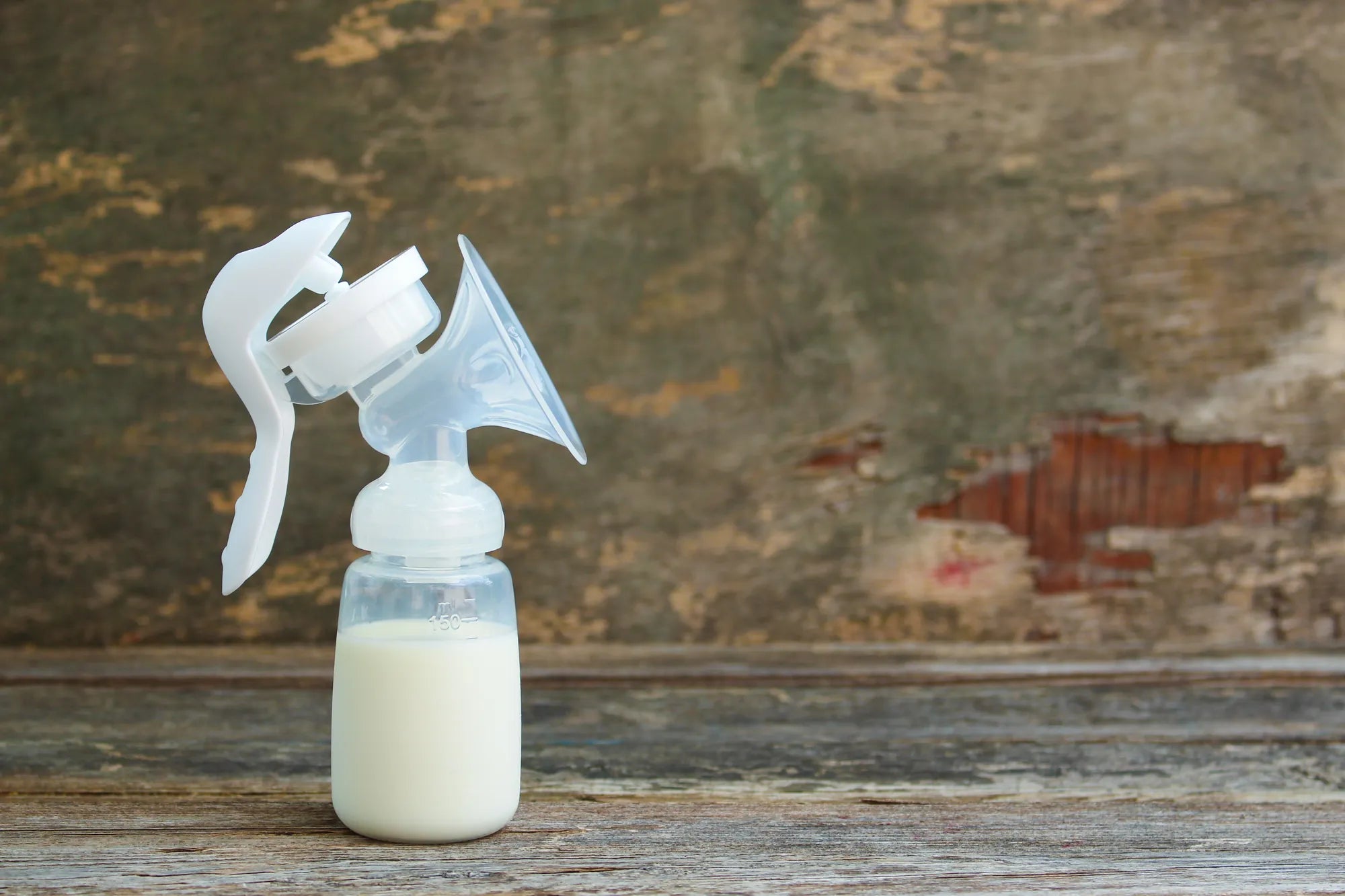Home
Pregnancy, Breastfeeding, and Pumping: The Ultimate Guide for Moms
Can Pumping Breast Milk Cause Chest Pain? Exploring the Facts

Can Pumping Breast Milk Cause Chest Pain? Exploring the Facts
For many breastfeeding mothers, pumping breast milk is an essential part of their daily routine. However, some women experience chest pain during or after pumping, leaving them concerned and searching for answers. Understanding the potential causes and solutions can help alleviate this discomfort and ensure a smoother breastfeeding journey.
Understanding the Mechanics of Breast Pumping
Breast pumping involves using a device to extract milk from the breasts. This process mimics the natural sucking action of a baby, stimulating milk production. While pumping is generally safe, improper use or underlying issues can lead to discomfort or pain.
Common Causes of Chest Pain During Pumping
Several factors can contribute to chest pain while pumping breast milk. These include:
- Improper Fit of the Breast Shield: Using a breast shield that doesn't fit correctly can cause pressure on the breast tissue, leading to pain.
- High Suction Levels: Setting the pump to a suction level that's too high can cause discomfort or even damage to the breast tissue.
- Engorgement: Overly full breasts can become engorged, making pumping painful.
- Mastitis: This infection of the breast tissue can cause significant pain, often accompanied by redness and swelling.
- Clogged Milk Ducts: Blockages in the milk ducts can lead to localized pain and tenderness.
Recognizing the Symptoms
It's important to differentiate between normal discomfort and more serious issues. Symptoms to watch for include:
- Sharp or stabbing pain in the chest or breast area.
- Persistent soreness or tenderness.
- Redness, warmth, or swelling in the breast.
- Fever or flu-like symptoms, which may indicate mastitis.
Preventive Measures and Solutions
Taking proactive steps can help prevent chest pain while pumping:
- Ensure Proper Fit: Make sure the breast shield fits correctly to avoid unnecessary pressure.
- Adjust Suction Levels: Start with a lower suction level and gradually increase it to a comfortable setting.
- Pump Regularly: Avoid letting your breasts become overly full by pumping at regular intervals.
- Massage and Warm Compresses: Gentle massage and warm compresses can help relieve engorgement and clogged ducts.
- Stay Hydrated and Rest: Proper hydration and rest are essential for overall breast health.
When to Seek Medical Advice
If chest pain persists or is accompanied by other concerning symptoms, it's crucial to seek medical advice. A healthcare provider can diagnose underlying issues such as mastitis or clogged ducts and recommend appropriate treatment.
Maintaining Breast Health
Maintaining overall breast health is vital for a comfortable pumping experience. Regular self-exams, staying informed about potential issues, and following best practices for pumping can help ensure a positive breastfeeding journey.
Experiencing chest pain while pumping breast milk can be distressing, but understanding the causes and solutions can make a significant difference. By taking preventive measures and seeking medical advice when necessary, you can alleviate discomfort and focus on the joys of breastfeeding.
Share

